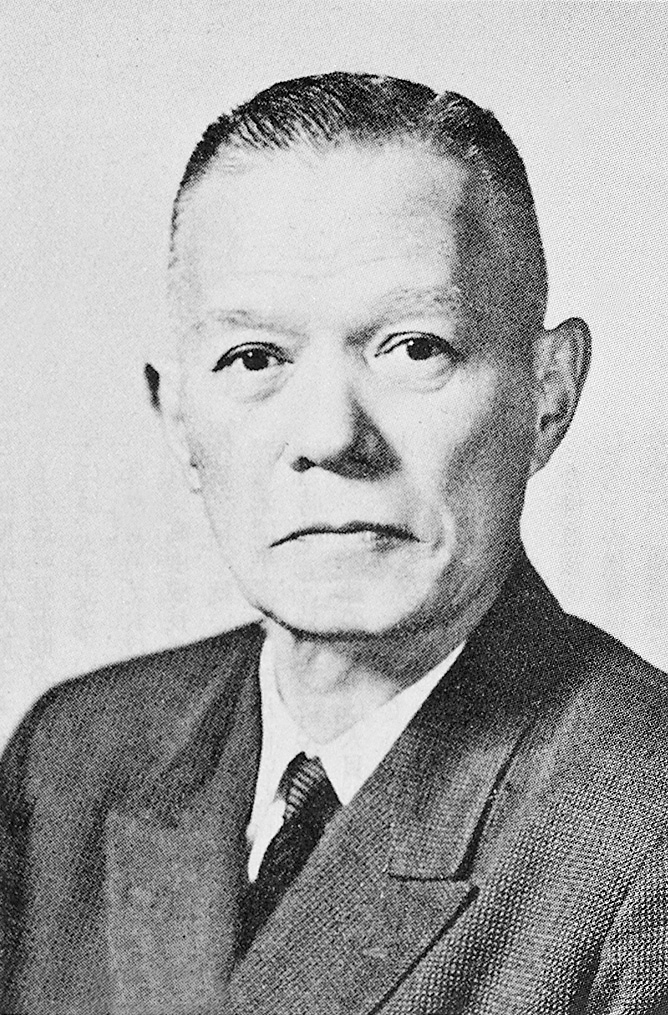Our Roots A history of rising to the challenge vol.1
The Launch of the New Mitsubishi Shoji:
President Takagaki Urges Fairness in Business
We look at the path that led to the Great Merger of 1954, which resulted in the establishment of the new Mitsubishi Shoji, headed by President Katsujiro Takagaki.

In 1947, the General Head quarters of the Supreme Commander for the Allied Powers (GHQ) called for Japan's family-owned business conglomerates to disband. This marked the end of the nearly 30-year history of the old Mitsubishi Shoji. Former employees soon established new ventures, but new companies were not permitted to hire more than two individuals who had served in positions of department manager or higher at the old Mitsubishi Shoji, and before long, more than 100 different companies had been launched. However, due to the harsh economic environment, many of these ventures quickly went out of business or were absorbed by other companies.
One of these companies, Kowa Jitsugyo, was allowed to take over the assets and business of the old Mitsubishi Shoji in 1950. GHQ also loosened restrictions on employing officers and employees of the old Mitsubishi Shoji. As a result, a vision of a new Mitsubishi Shoji began to emerge. A trend toward consolidation sparked a wave of mergers among the new ventures, and in 1952, three core companies emerged: Fuji Shoji, Tokyo Boeki and Tozai Koeki. Meanwhile, Kowa Jitsugyo adopted the name Mitsubishi Shoji Kaisha (MSK). After this, negotiations regarding a four-company merger rapidly gained momentum.
The merger faced various obstacles, but with encouragement from elders of the old Mitsubishi organization, the four companies eventually reached an agreement and the new Mitsubishi Shoji was launched on July 1, 1954. Katsujiro Takagaki, the former president of Fuji Shoji, became the new company's first president. Takagaki sought to bring the company together under a common philosophy by embracing the Three Corporate Principles, which had originally been articulated by Koyata Iwasaki, the fourth president of the original Mitsubishi organization. In a speech to employees, Takagaki remarked: "A company is a profit-making organization, but the unbridled pursuit of profit by any means possible is not a philosophy that we subscribe to. We must strive to establish a sound and ethical corporate culture by acting fairly at all times and taking pride in our role as of one of Japan's leading trading companies."
Toward the end of 1954, the U.S. economy began to recover, sparking an upturn in the global economy. The new Mitsubishi Shoji went on to expand its business as Japan entered a period of unprecedented economic growth.
- Note:We use MC to refer to Mitsubishi Corporation after 1971, when the company adopted Mitsubishi Corporation as its English name. We use Mitsubishi Shoji when writing about the company before 1971.